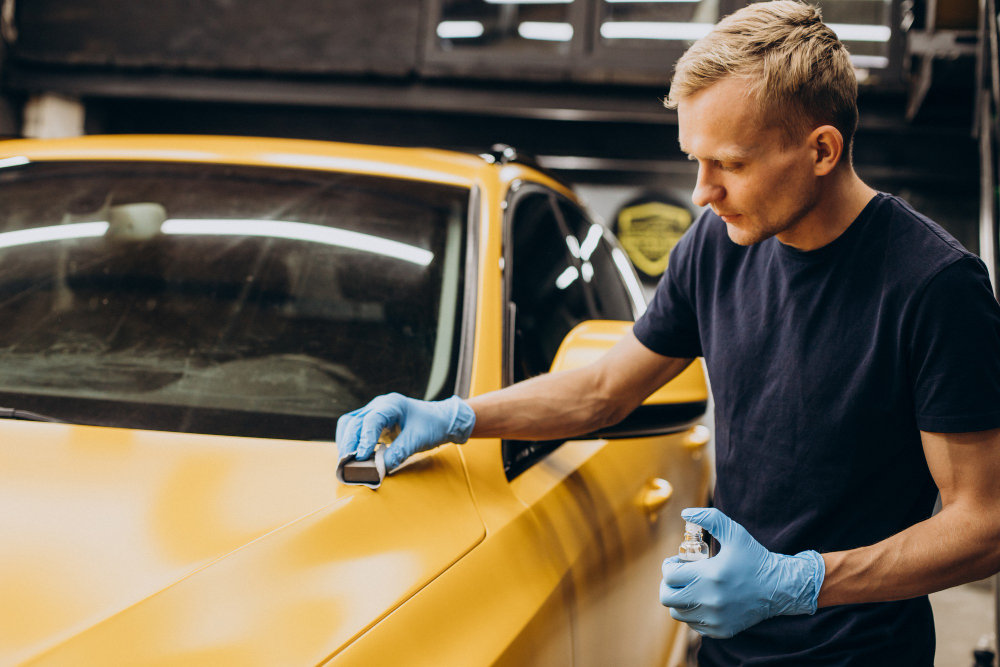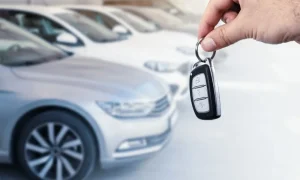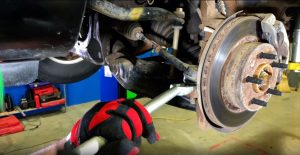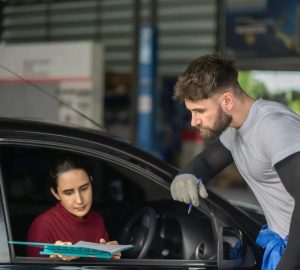
Ceramic coating represents one of the most significant advances in automotive protection technology of the past decade, fundamentally transforming how vehicle owners approach paint preservation and maintenance. Like the meticulous archival processes that preserve historical documents for future generations, these advanced polymer shields create an enduring barrier between your vehicle’s finish and the relentless assault of environmental hazards.
The evolution of automotive protection mirrors broader technological progress, from rudimentary wax applications to sophisticated nanotechnology solutions. The global ceramic coating market, valued at USD 11.16 billion in 2023, is projected to grow at a CAGR of 8.1% from 2024 to 2030, reflecting both consumer recognition of these products’ superior performance and the automotive industry’s embrace of cutting-edge protective technologies.
Understanding the Chemistry of Protection
At its molecular foundation, ceramic coatings consist primarily of silicon dioxide (SiO₂) particles suspended in a liquid polymer matrix. These coatings are mainly comprised of silicon dioxide (SiO2) but sometimes include other additives, such as titanium dioxide (TiO2), to strengthen their protective qualities and increase durability. When applied to a vehicle’s painted surface, these nano-sized particles form covalent bonds with the existing clear coat, creating what materials scientists describe as a semi-permanent hybrid layer.
This chemical bonding process distinguishes ceramic protection from traditional wax or sealant applications, which merely sit atop the paint surface. The resulting protective film becomes an integral part of the vehicle’s finish, offering resistance properties that far exceed conventional alternatives.
The Singapore Market: A Case Study in Adoption
Singapore’s automotive ceramic coating market provides compelling evidence of this technology’s practical value. The Singapore Ceramics market was identified as a lucrative region in 2023. Government-backed initiatives, including R&D grants and subsidies for tile manufacturing, have stimulated substantial investment in the sector. The island nation’s unique climatic challenges, intense tropical sun, frequent rainfall, and high humidity create ideal conditions for testing protective coating efficacy.
Local automotive specialists report that Singapore vehicle owners particularly value ceramic coatings for their ability to withstand the region’s harsh environmental conditions. The combination of consistent UV exposure and frequent temperature fluctuations makes traditional protection methods inadequate for long-term paint preservation.
Quantifiable Benefits: Beyond Aesthetic Appeal
The performance advantages of ceramic coating systems extend far beyond surface-level improvements:
-
UV Protection and Oxidation Resistance
Ceramic coatings contain advanced polymers that act as a shield against sun damage. By reducing exposure to UV radiation, ceramic coating slows down the oxidation process, keeping the paint from drying out and cracking
-
Hydrophobic Properties
The molecular structure creates exceptional water-repelling characteristics, with contact angles often exceeding 110 degrees, causing water to bead and roll off surfaces
-
Chemical Resistance
The hardened surface protects against acidic contaminants, including bird droppings, tree sap, and industrial fallout
-
Enhanced Durability
Quality ceramic coatings can last 3-7 years with proper maintenance, making them a valuable long-term investment compared to regular waxing, which requires reapplication every few months
-
Simplified Maintenance
The smooth, non-porous surface reduces dirt adhesion and simplifies cleaning procedures.
Application Methodology and Professional Standards
The application process requires methodical precision reminiscent of scientific laboratory procedures. Professional installers follow rigorous protocols involving surface decontamination, paint correction, and controlled environmental conditions during curing. The factors that determine Ceramic Coating Singapore prices include how much paint correction is needed, how many layers of coating they’re putting on, the brand’s reputation, how long the warranty lasts, and the shop’s labour costs.
Temperature and humidity control during application prove critical for optimal bonding. Most professional-grade products require ambient temperatures between 15-25°C and relative humidity below 70% for proper curing chemistry.
Economic Considerations and Long-term Value
Investment analysis reveals ceramic coating’s economic advantages become apparent over extended timeframes. Professional ceramic coatings can range from $800 to $2,500, depending on the size of the vehicle, the number of layers applied, and the reputation of the installer. When compared against the cumulative costs of frequent waxing, paint correction services, and potential repainting expenses, the value proposition becomes increasingly compelling.
Singapore’s automotive market demonstrates this principle. When you consider that a full respray can set you back thousands, exploring Ceramic Coating Singapore price options starts to sound like a pretty savvy move.
The Future Landscape of Automotive Protection
Technological advancement continues pushing ceramic coating capabilities forward. Research into self-healing polymers, enhanced scratch resistance, and improved UV filtering properties suggests even more sophisticated protection solutions await development. The integration of nanotechnology with traditional coating chemistry represents merely the beginning of what materials science might achieve in automotive protection.
As environmental regulations become increasingly stringent and consumer expectations for product longevity rise, ceramic coatings occupy an essential position in the automotive care ecosystem. They represent not merely a luxury enhancement but a practical necessity for vehicle owners serious about protecting their investments.
The evidence overwhelmingly supports ceramic coating adoption for discerning vehicle owners. From the molecular level to market-wide trends, these advanced protection systems deliver measurable benefits that justify their premium positioning. For those seeking the ultimate in paint preservation technology, car ceramic coating offers the most scientifically sound approach to automotive protection available today.






